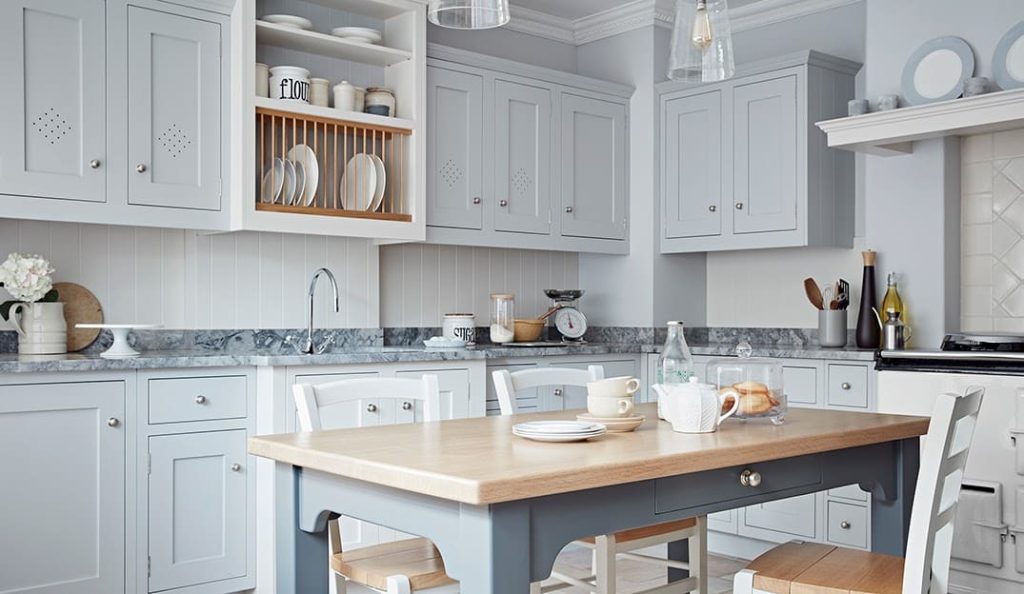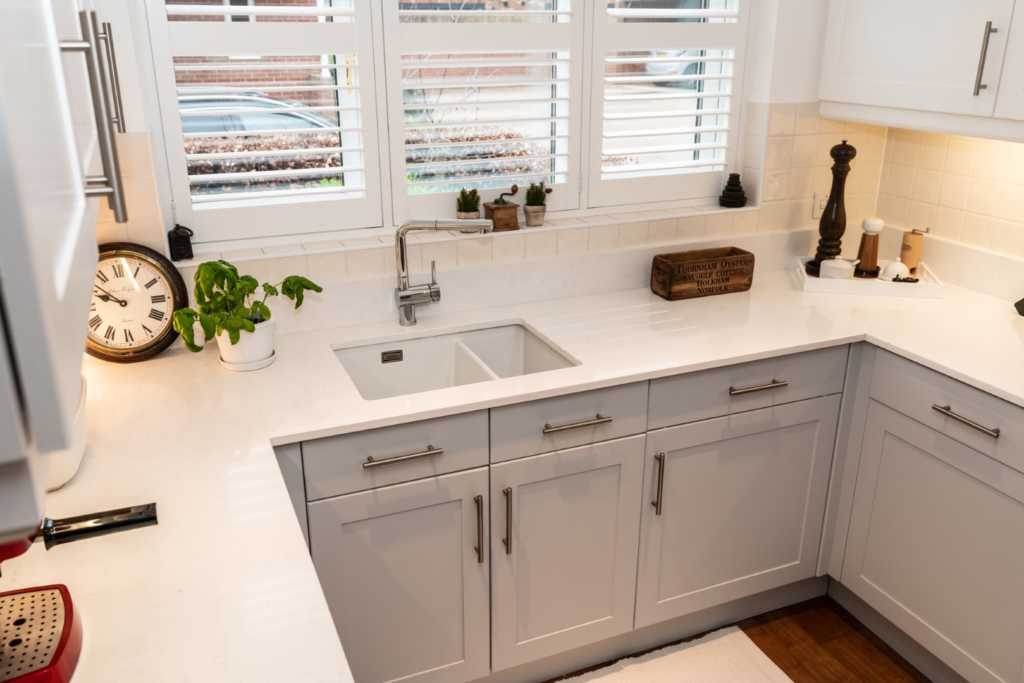This article explores the common reasons why kitchens can feel uncomfortably cold and provides tips to help warm up your chilly cooking space. Credit: John Lewis of Hungerford A cold kitchen is usually caused by inadequate insulation, especially in the exterior walls, as well as tiled floors which do not retain heat well. Drafts from doors and windows can also let in cold air. In my experience as a home improvement expert, the main culprit for a cold kitchen is insufficient insulation. Focus on adding insulation to exterior walls and sealing any drafts around doors and windows. Rugs can also help warm up tiled floors. Proper insulation is the key to keeping any room in your home warm and comfortable. There are a few key reasons why kitchens tend to feel colder than other rooms: If your kitchen feels much colder than the rest of the house, poor insulation in walls or cold tiled floors may be the reason. Focusing on leaks, gaps, insulation, and managing vents can all help make your kitchen more comfortable. Credit: Cawdor Stone Gallery Inadequate insulation is a major factor behind uncomfortably cold kitchens. Here are some common insulation issues that allow heat to escape: Checking for areas lacking insulation like attics, walls, windows and foundations can reveal problems. Upgrading insulation improves energy efficiency and comfort. Proper insulation makes a big difference in keeping kitchens cosy. One of the most significant heat loss problems occurs where structural elements create pathways for heat transfer through the building envelope. Effective cold bridging insulation solutions can address these thermal bridges by providing specialised insulation boards that eliminate heat loss pathways, particularly around structural elements, ensuring consistent thermal performance throughout the kitchen space. Faulty heating systems often leave kitchens feeling chilly. Some common heating issues allow cold air in or fail to properly circulate warm air: Diagnosing heating system issues and improving maintenance ensures adequate warm airflow. Upgrading older equipment increases efficiency. Proper heating is essential to make kitchens cosy and comfortable. Drafts let cold air creep into kitchens, causing discomfort. Several fixes can stop drafts and improve warmth: A comprehensive draft-proofing improves a kitchen’s air-tightness. Performing regular maintenance checks ensures new gaps or leaks are promptly fixed. Stopping drafts promotes a warmer, more comfortable kitchen space. If you ask “Why is my kitchen so cold?”, several fixes can create a warmer space: Tackling cold kitchens requires a whole-house approach. Improving insulation, sealing drafts, and upgrading to energy-efficient items pays off through greater comfort and lower bills. A warmer kitchen makes spending time cooking and socialising much more enjoyable. Insulate exterior walls, seal any drafts from doors/windows, keep cabinet doors open, use rugs or carpets on tiled floors, and ensure heating vents are clean and ductwork is intact. Add insulation, seal drafts, use rugs, keep cabinets open, use thermal curtains on windows, only heat the kitchen when needed, and cook more to add warmth. A cold kitchen refers to a kitchen that feels significantly cooler than the rest of the house, usually caused by poor insulation, tiled floors, exterior walls, and drafts. Kitchen cabinets against exterior walls or containing pipes can get very cold from lack of insulation. Leaving them open can prevent trapped cold air. In summary, the main reasons for a cold kitchen are poor insulation, tiled floors, exterior walls, and drafts around doors and windows. Checking for and sealing any cracks or gaps, adding insulation, using rugs, and keeping cabinet doors open can all help combat a cold kitchen. Proper insulation and sealing drafts are key to keeping any room warm.
Why Is My Kitchen So Cold?

Key Points
Our Opinion
Why Your Kitchen Loses Heat
Faulty Insulation Causing Cold Kitchens

Heating System Problems Making Kitchens Cold
How to Fix Drafts in Cold Kitchens
Solutions for a Cold Kitchen
FAQ
How do you keep a cold kitchen warm?
How can I make my kitchen feel warmer?
What does a cold kitchen mean?
Why is it so cold in my kitchen cabinets?
Conclusion
